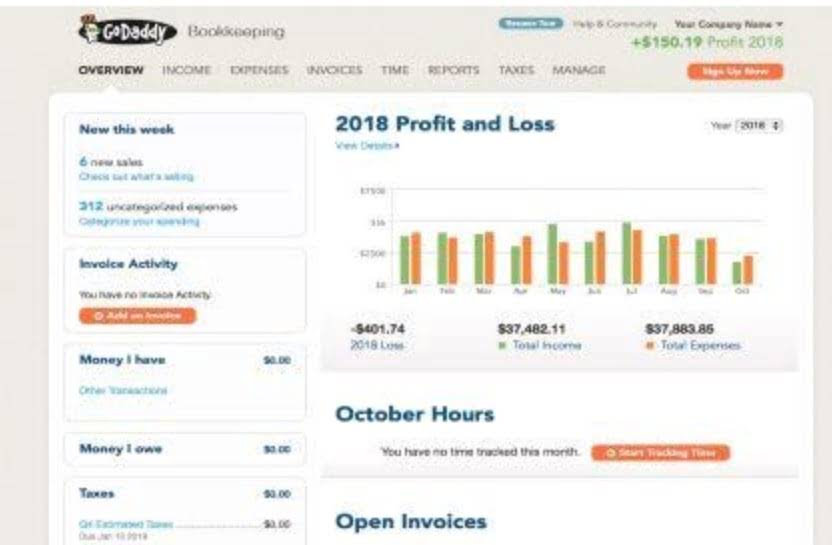
The interest rate on a loan can have a significant impact on both your monthly payment and the total amount you’ll pay over time. It’s important to shop around and compare interest rates from different lenders to find the best rate for your situation. By examining different interest rates, you can determine the most cost-effective approach to debt repayment. For example, if a company had a ratio of 1, that would mean that the company’s net operating profits equals its debt service obligations. In other words, the company generates just enough revenues to pay for its debt servicing.
How to Calculate Debt Coverage Ratio
Investors have many financial metrics available to them, and it’s important to compare several of those ratios to similar companies within the same sector. Also, please note that there are other debt service coverage ratios, including two that relate to property loans debt service coverage ratio formula in excel that were not covered in this article. The first step to calculating the debt service coverage ratio is to find a company’s net operating income. Net operating income is equal to revenues, less operating expenses, and is on the company’s most recent income statement.

Sales & Investments Calculators
DSCR loans typically require a higher downpayment than a typical mortgage. The lower the downpayment is on a DSCR loan, the higher the monthly payments will be. Suppose a commercial real estate (CRE) investor is requesting a 30-year loan from a bank lender to purchase an office building. Unless the probability of recovering the original proceeds is near certain, most commercial lenders are unlikely to approve the request for financing. The columns highlighted in yellow represent investors with a DSCR greater than or equal to 1.00. The yellow investors are less risky so their loan terms and LTV/CLTV terms are more favorable than those of the orange investors.
Would you prefer to work with a financial professional remotely or in-person?
DSCR is utilized to evaluate businesses, initiatives, or particular borrowers. 1 exactly represents the amount needed to cover the loan, while 0.50 represents the amount that is left over. You can input the value of NOI directly in this DSCR calculator or head to our net effective rent calculator for a more detailed calculation scheme. Commercial lenders prefer a higher DSCR, because that implies a greater margin of safety (i.e. “more room for error”). Enrollment is open for the Sep. 9 – Nov. 10 Wharton Certificate Program cohort.
- In practice, a DSCR of at least 2 is considered desirable and shows that a company can cover two times its debt.
- At Finance Strategists, we partner with financial experts to ensure the accuracy of our financial content.
- The DSCR is a commonly used financial ratio that compares a company’s operating income to the company’s debt payments.
- A business applying for a line of credit might be obligated to ensure that its DSCR doesn’t dip below 1.25.
- The DSCR shows investors and lenders whether a company has enough income to pay its debts.
- The formula to calculate the debt service coverage ratio (DSCR) divides the net operating income (NOI) of a property by its annual debt service.
- As an example, let’s say Company A has net operating income of $2,000,000 for one year and total debt servicing costs equal to $300,000 for that year.
- A debt amortization schedule is a table that shows the amount of principal and interest paid each month for the life of the loan.
- The articles and research support materials available on this site are educational and are not intended to be investment or tax advice.
- 1 exactly represents the amount needed to cover the loan, while 0.50 represents the amount that is left over.
- The debt service coverage ratio measures a firm’s ability to maintain its current debt levels.
However, a DSCR lower than 1 indicates that the company has insufficient income to pay off their debt and may require an additional source of income. One exception to this rule is to evaluate a company’s DSCR to similar companies within the same industry. Some sectors (i.e., airlines or real estate) rely heavily on debt and will likely have lower DSCR calculations due to high debt service. Other sectors (i.e., software/technology) rely more on equity funding, carry less debt, and have naturally high DSCRs. Debt Service Coverage Ratio (DSCR) is a ratio to measure a company’s ability to service its short and long-term debt.

Ideally, this ratio should not exceed 1, indicating that a company’s assets are not overly leveraged. Before diving into Excel functions, it’s essential to organize your debt data correctly. You can start by creating a spreadsheet and adding a tab for each debt obligation. https://www.bookstime.com/ It’s important to include the date, principal, interest rate, and payment schedule for each debt. The debt-to-income ratio is a measure of an individual’s debt relative to their income. This ratio is commonly used by lenders to determine an individual’s creditworthiness.
Contractor Calculators
- The DSCR is a more conservative, broad calculation compared to the interest coverage ratio.
- The first step to calculating the debt service coverage ratio is to find a company’s net operating income.
- Suppose the DSCR of a commercial real estate (CRE) building is 1.25x – i.e. the minimum threshold of most investors and lenders alike.
- Net operating income is a company’s revenue minus certain operating expenses (COE), not including taxes and interest payments.
- As mentioned earlier, we have an Income and Debt Statement as shown in the below image.
- We can then copy this formula using the Fill Handle tool to find the ratio of the remaining companies.
- My Accounting Course is a world-class educational resource developed by experts to simplify accounting, finance, & investment analysis topics, so students and professionals can learn and propel their careers.
As it can fluctuate from period to period, covenants may be defined annually via a LTM (last twelve months) or NTM (next twelve months) summation. Upon adding all the principal components of the debt service up, that will calculate the debt size. Learn more about debt sizing here and learn to build macros to automate the process here. Lenders will set debt sizing parameters, typically including a gearing (or leverage) ratio (Loan to Cost Ratio) and a DCR (sometimes a LLCR in addition to, or instead of, a DCR). While the gearing ratio helps to ensure that equity has skin in the game, the DCR target ratio helps to ensure that a minimum DCR is maintained at all times. DSCR considers both principal and interest payments, providing a more comprehensive view of a company’s financial health.
Here are some of the uses of DSCR:
When the figure equals 1, the organization earns precisely what it needs to repay its outstanding loans. At last, if the ratio is below that 1, signifies that the company’s net operating income is insufficient to cover its debt payments indicating financial strains. It is a fundamental metric used in corporate finance to assess a firm’s ability to meet its current debt obligations. Serves as a crucial indicator for both investors and lenders, offering valuable insights into whether a company generates sufficient income to cover its debts. The debt service coverage ratio formula is calculated by dividing net operating income by total debt service.
Upgrading to a paid membership gives you access to our extensive collection of plug-and-play Templates designed to power your performance—as well as CFI’s full course catalog and accredited Certification Programs. Sun Country agreed to several financial covenants as part of the loan and guarantee agreement. In this article, we discuss the basics of Debt Service Coverage Ratio (DSCR) and find it using different Financial Statements. Hope this article clarifies your understanding of DSCR and helps you to achieve your desired outcome. As mentioned earlier, we have an Income and Debt Statement as shown in the below image. Our goal this year is to create lots of rich, bite-sized tutorials for Excel users like you.
Statistics and Analysis Calculators
A ratio of less than one means that the company doesn’t generate enough operating profits to pay its debt service and must use some of its savings. The net operating income (NOI) of the commercial property is projected to be $1.482 million while the annual debt service is $1.185 million. By setting a minimum DSCR in the financing arrangement, lenders can ensure the borrower’s cash flow is sufficient to meet the periodic interest and principal repayment obligations.

